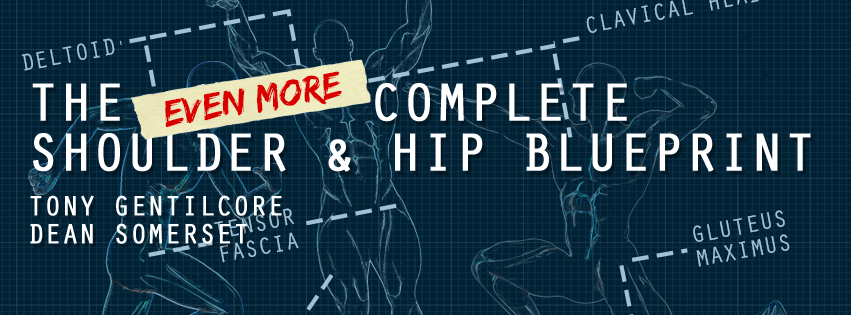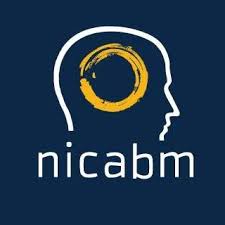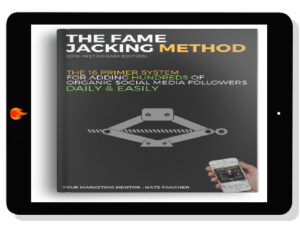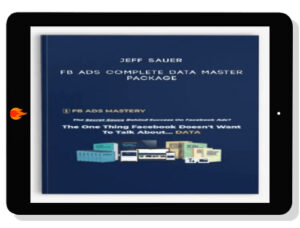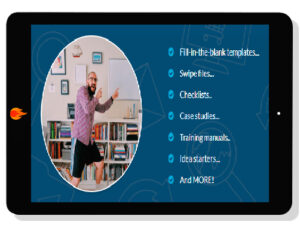This workshop builds off the highly successful version 1 of the same name. Those who have taken version 1 will find this as all new content geared towards building and refining your approach, plus expanding applicable tools and integrating programming considerations throughout
Tony Gentilcore & Dean Somerset – Even More Complete Shoulder & Hip Blueprint: version 2.0
Â
Tony Gentilcore
Tony Gentilcore, CSCS, is one of the co-founders of Cressey Sports Performance where he served as a strength coach from 2007-2015. He now owns and operates his own training studio in Boston called CORE. In his time at CSP (and now) he worked with thousands of athletes from every level focusing on detailed assessment protocols to address common shoulder dysfunctions and injuries. In addition, Tony has extensive experience working with non-athletes and many of the common shoulder issues they run into from years of wear and tear in the gym.
Â
He also kinda likes deadlifts (and is obsessed with his cat, Dagny).
Dean Somerset
Dean Somerset is an Exercise Physiologist who specializes in injury post-rehabilitation, and has worked with professional and Olympic athletes, post-surgical recovery, congenital disorders, and cardiac recovery patients, as well as those looking to just move and feel better for day to day activities. He’s developed a reputation as a leading authority on training, mobility, and strength training.
The beard game is also on point.
This workshop builds off the highly successful version 1 of the same name. Those who have taken version 1 will find this as all new content geared towards building and refining your approach, plus expanding applicable tools and integrating programming considerations throughout. For those who have not attended level 1, registration to this course comes with COMPLETE SHOULDER AND HIP BLUEPRINT version 1 digital video access to go through as pre-workshop viewing to ensure you’re up to speed on what we will be going through.
Here’s a sample of some concepts we dig into.
Shoulder:
How to use the static and integrative assessments to guide your training program.
How breathing mechanics  drives mobility of the upper body and stability of the lower body, and how to use it to see fast improvements in both.
neck positioning, sternoclavicular joint, and elbow considerations with shoulder movements
Deeper assessment considerations, including medical elements that may require a referral for non-fitness modalities
Why “impingement†and “scapular winging†are garbage terms, how to assess for their true function and purpose, the difference between internal and external impingement, and what it means to your training program
How simplifying your upper extremity assessment to the “Big 3†– Release, Position, Mobilize – can and will cover your bases for most shoulder ailments.
Heavy pressing, explosive throwing, and programming considerations for different goal sets and populations
Why this matters to you:
Help your clients get through common shoulder issues more effectively.
Streamline your assessment and program design, helping you get faster results and more efficient use of your time, and that of your clients’
Help you see the details of shoulder motion you didn’t notice before, and whether something you’re using in your exercise program is working or not. Plus look at whether neck or clavicular issues may be impeding their strength and mobility.
Upgrade your exercise toolbox to address commonly overlooked movement issues
Smash programming like a Jedi
Hip:
The hips role in low back, SI joint, and knee issues commonly seen in the gym, and how to address them from a fitness perspective
Static versus active mobility, how and when to use each, and what produces the best benefits
Scaling compound lifts across populations and goals, and how to effectively program them for everyone
Jumps, sprints, change of direction, and other explosive training elements, and how they relate to the individuals goals and abilities.
Blending strength, mobility and recovery across age ranges, and how to avoid being a beat up meathead or chronic recoverer
spinal motion intolerances, and how to program around common issues.
What this means to you:
You can help clients see IMMEDIATE improvements, sometimes in as little as a minute or two, which will help them buy in to your abilities.
Help you target in on what will work best for the person in front of you, saving you both the time spent on useless exercises or drills.
Help clients get specific with what will help them get stronger, more mobile, and faster than ever before
Break down a system you can use today with yourself or your clients to see instant benefit while removing the guess work.
Download Tony Gentilcore & Dean Somerset – Even More Complete Shoulder & Hip Blueprint: version 2.0 right now on AMZlibrary.com !
Shoulder Day:
Video 1 – Anatomy and assessments of upper body movement
Video 2 – “Fixing Scapular Winging, Posture, Scapular Stability, and Programming for Uncomfortable Shoulders
Video 3 – Assess, Release, Move: Targeting into Specific Tissue Limitations
Video 4 – Coaching Thoracic Mobility, Addressing Shoulder Limitations with Programming Adjustments
Video 5 – Programming Considerations, plus Examples for Specific Client Goals
Hip Day:
Video 1 – Lower Limb Influence on Hip Function & Mobility, Plus How to Address within a Training Session
Video 2 – Owning Hip Flexion and Positional Isometrics to Immediately Improve Range of Motion and Core Control. Plus Coaching the Squat From the Floor Up.
Video 3 – Coaching Squat Progressions, Plus Optimally Positioning and Set Up considerations for a Fantastic Barbell Squat
Video 4 – All Things Deadlift, Plus Programming Considerations for Young Athletes, Old Meatheads, and other Hip Concerns
Read more:Â http://archive.ph/WJRKY

